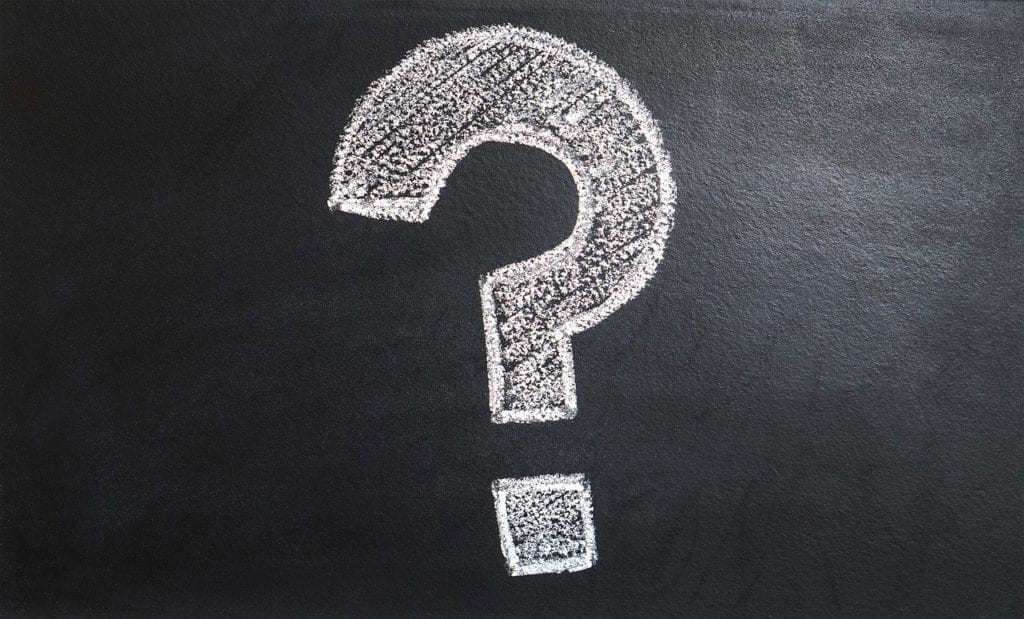According to a story from tonic.vice.com, Liz Aronin and Jamie Mills both thought that everything was going smoothly with their newborn son Quinn, but within a few months, it became clear that he was not developing normally. He was failing to meet many of his developmental milestones, and by seven months, caregivers at Quinn’s daycare began to think he was having vision problems.
Mystery Symptoms
Quinn also lacked the strength and movement abilities normal for a baby his age, and he was diagnosed with cataracts at nine months. Later he began to have seizures and was diagnosed with infantile spasms, but his symptoms were not identical to those normally displayed with the illness. Aronin and Mills both had to change their schedules in order to focus on taking care of Quinn and keeping him alive.
When patients and their families have exhausted all of their options in seeking an accurate, certain diagnosis, there is one system they can turn to: the Undiagnosed Disease Network (UDN). This network consists of a number of clinics around the country that are meant to help patients who can’t get a solid diagnosis. Since it was founded, the network has evaluated over 600 patients.
The vast majority of people referred to the network have some sort of genetic, neurological disease like Quinn. Usually diagnosis is made with in-depth genetic tests, and 35 percent of patients who have undergone a complete evaluation get a diagnosis. Of this group, 21 percent were able to modify their treatment in order to address their disease. The UDN has helped discover 31 new genetic syndromes.
Rare Mutation Discovered
Analysis of Quinn’s genetic composition revealed an abnormality of the NACC1 gene, which has yet to be connected to any diseases. Genome sequencing plays a major role in its efforts to make accurate diagnoses; often the patient, siblings, and parents may all be analyzed in order to detect mutations or other changes.
The UDN was eventually able to determine that the mutation on the NACC1 gene was the cause of his symptoms. There are only a handful of people in the world that are known to share this mutation. The family is now helping to fundraise more research on this mutation. You can contribute to this effort here.






